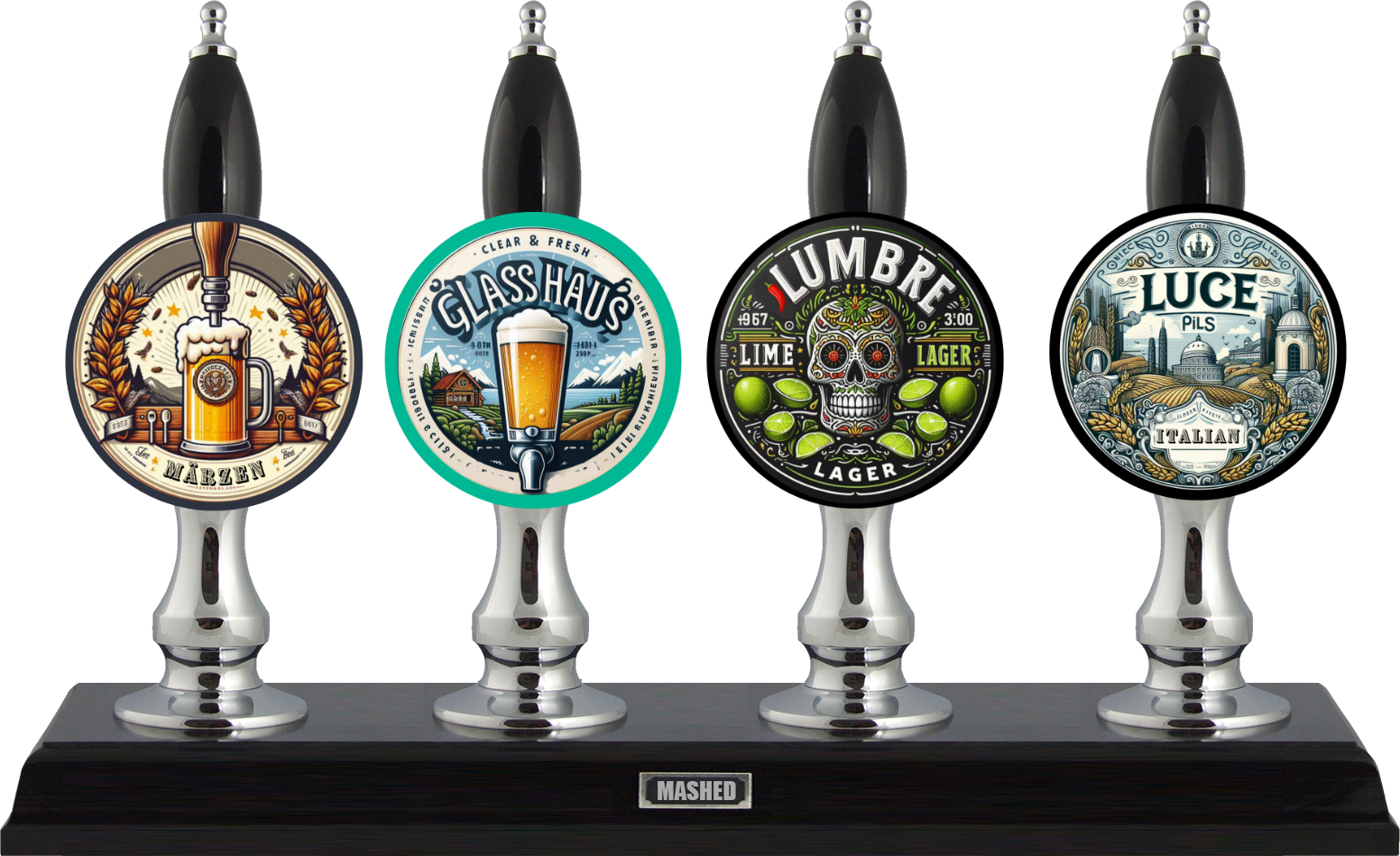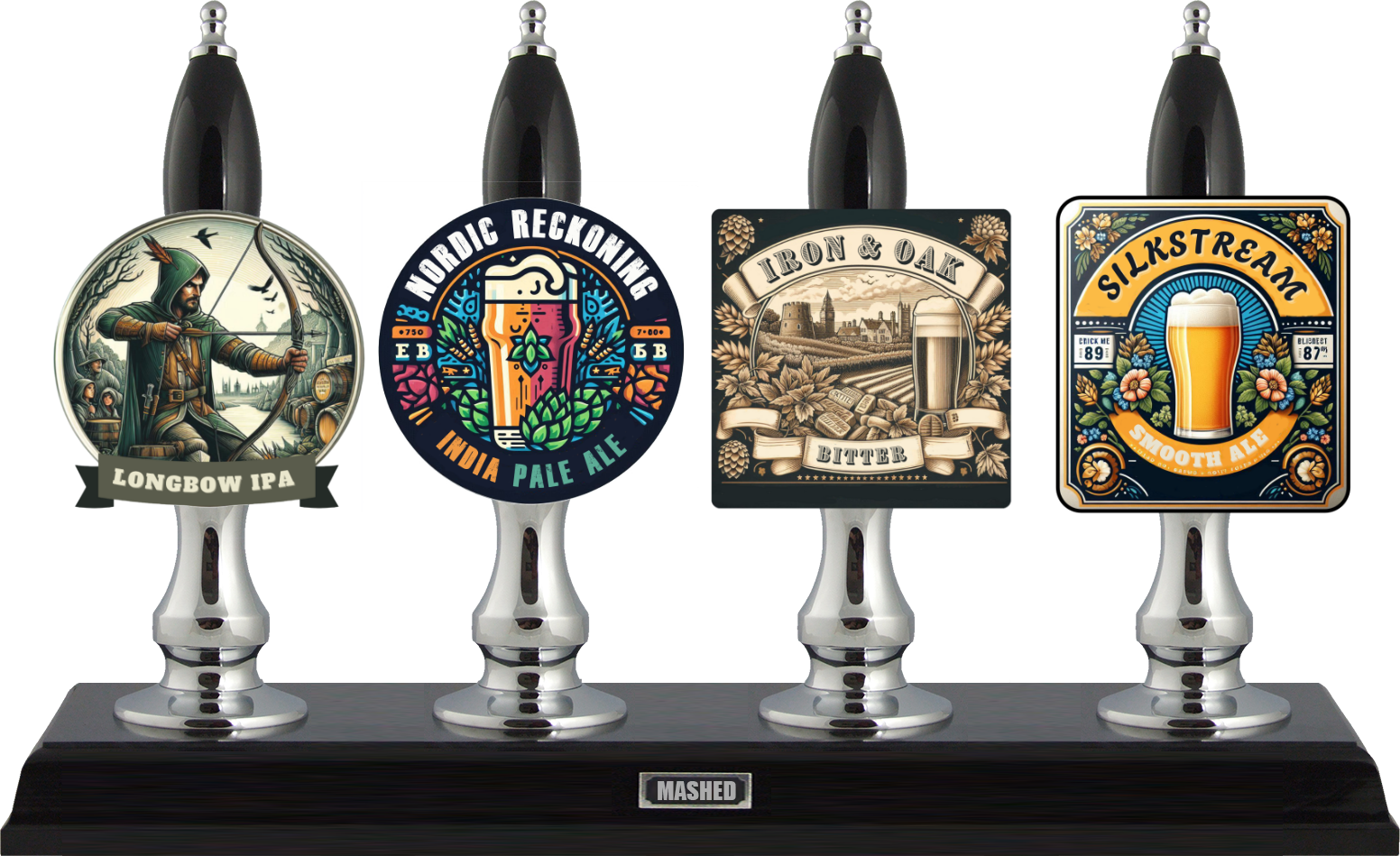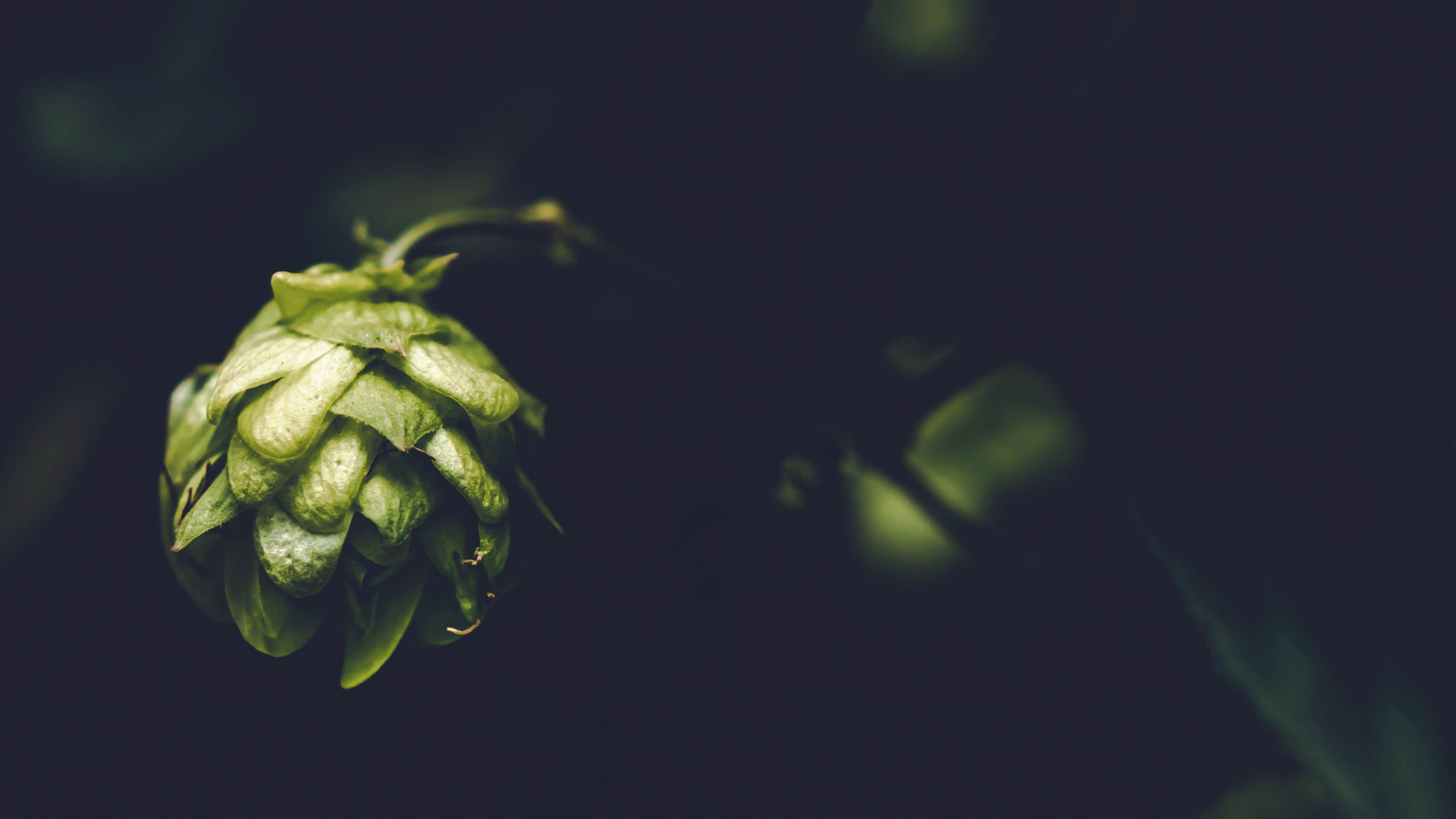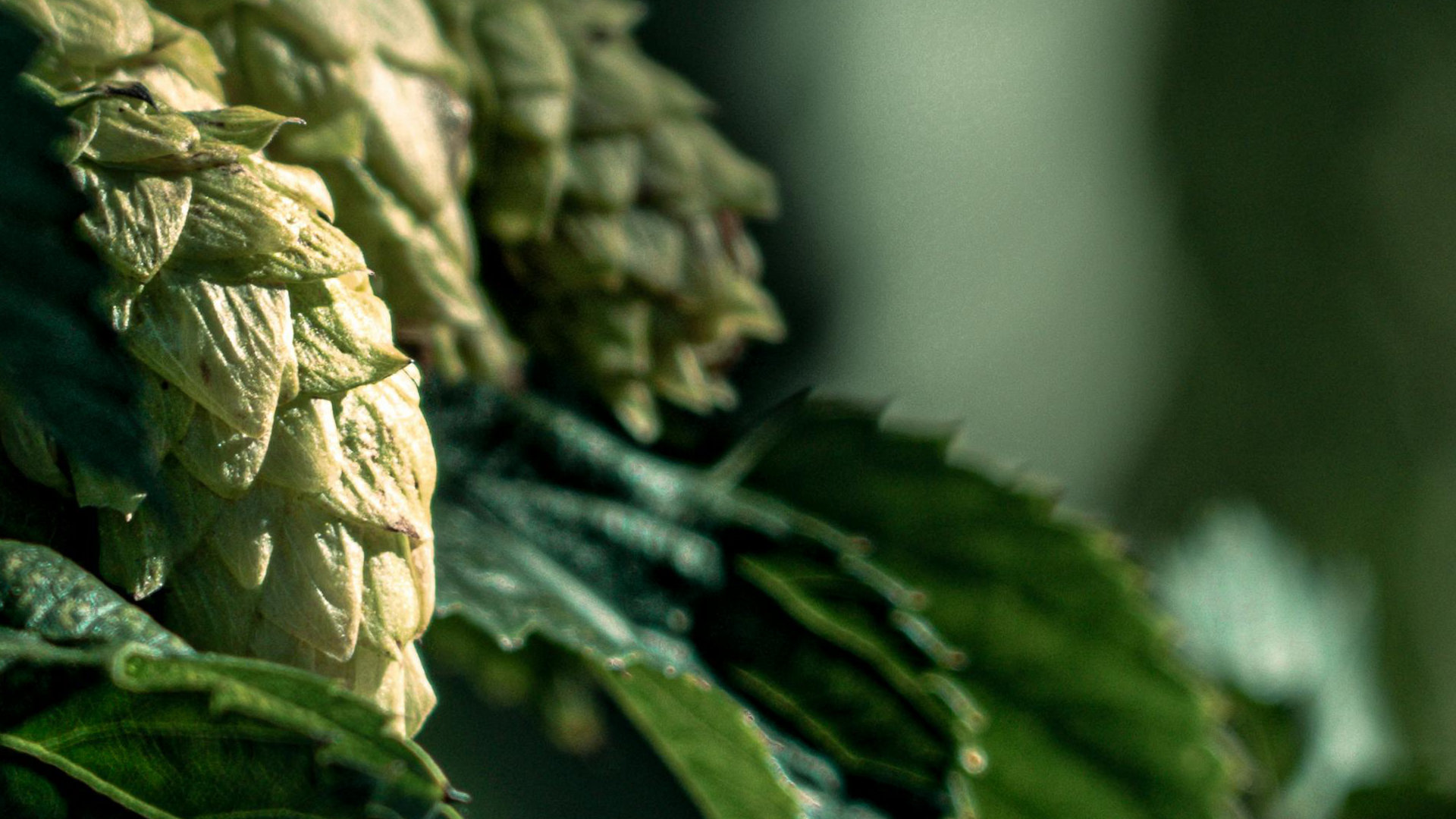Understanding Hop Oils: The Essence of Aroma
Hop aroma is driven by essential oils, which vary widely depending on the variety of hop. Myrcene, a dominant oil in hops like Citra and Mosaic, contributes citrusy and resinous flavours. Humulene, often found in traditional UK hops like Fuggles, delivers earthy and herbal notes. Caryophyllene adds a layer of spice and pepper, while floral oils like geraniol and linalool enhance fruity complexity, making them crucial for juicy IPA styles. The extraction method and temperature at which hops are introduced determine how much of these oils make it into the final beer.
Dry Hopping: Boosting Aroma Without Extra Bitterness
Unlike bittering hops, which are added during the boil, dry hopping introduces hops after fermentation has begun. This technique maximizes aromatic intensity while keeping bitterness in check. Some brewers and homebrewers choose single dry hopping, while others opt for double dry hopping (DDH), which involves adding hops in two separate stages to intensify aroma.
Timing is also critical - biotransformation dry hopping takes advantage of early fermentation, allowing yeast to interact with hop oils and create new fruity compounds. Some brewers even use cryo hops or lupulin powder, which are high-concentration hop extracts that deliver intense aroma without excess vegetal matter.
Biotransformation: How Yeast Changes Hop Flavours
Biotransformation occurs when yeast interacts with hop compounds, chemically altering their composition. Certain yeast strains, such as London Ale III, are particularly effective at enhancing fruity flavours during fermentation. Enzymes within the yeast can convert hop precursors into new aroma compounds, making flavours more expressive and complex. The timing of hop additions plays a major role - hopping early in fermentation promotes more biotransformation, resulting in beers with amplified tropical and citrus notes. This process explains why New England IPAs taste juicier than traditional IPAs, as they rely heavily on yeast-hop synergy.
Hop Bitterness: Manipulating Perceived vs. Actual IBUs
While bitterness in IPAs is measured using International Bitterness Units (IBUs), perceived bitterness is just as crucial. Several factors influence how drinkers experience bitterness. High chloride levels create a smoother mouthfeel, making hazy NEIPAs taste less sharp. In contrast, water rich in sulphur enhances crisp, resinous bitterness, ideal for West Coast IPAs. Late kettle additions reduce harsh bitterness while preserving hop flavour, and the phenomenon known as hop creep - where enzymes continue breaking down sugars post-fermentation - can result in unexpectedly high bitterness levels in finished beer.
The Future of Hop Innovation
Brewers are continuously exploring new methods to refine hop expression. Hop extracts and distillates are gaining popularity for their ability to deliver clean, concentrated hop character. Genetically engineered yeast strains are being developed to maximise hop oil biotransformation, pushing the boundaries of IPA complexity. Hybrid hopping techniques, which blend traditional kettle additions with whirlpool and dry hopping strategies, are creating layered, multidimensional IPAs that evolve with every sip.



.jpg)







